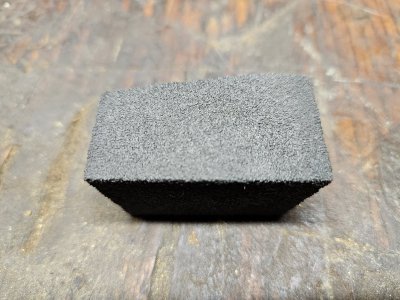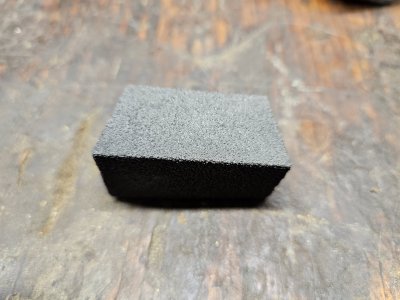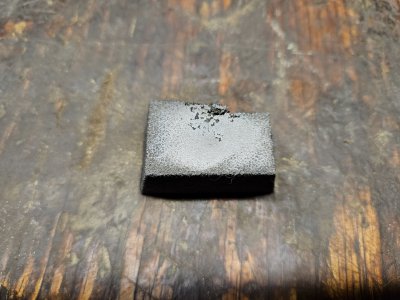My uncle gave me what he said was old sled runners. I think they might have been industrial to be so thick. I'm cutting off a piece to mill flat and soak in vinegar for a week to see the striations.

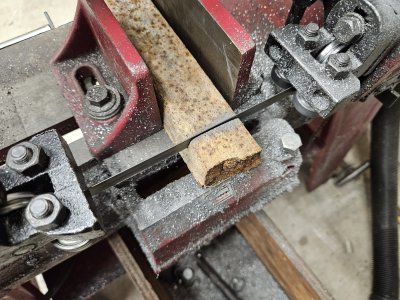
A bit of milling.
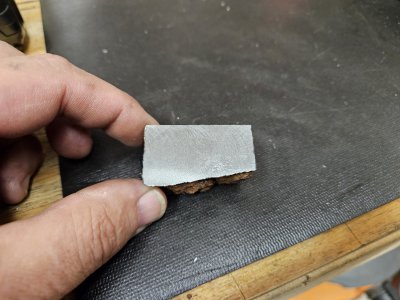
45 seconds on the surface grinder.
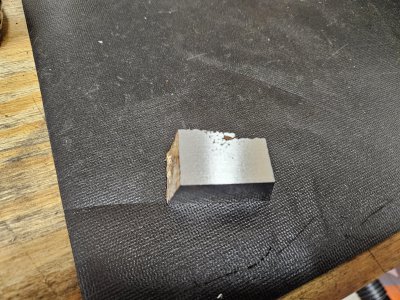
Does this break mean it's cast?
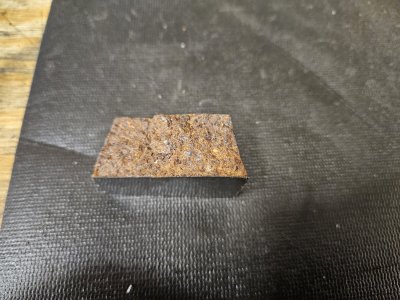
Does old cast or wrought iron have value to the blacksmithing community?


A bit of milling.

45 seconds on the surface grinder.

Does this break mean it's cast?

Does old cast or wrought iron have value to the blacksmithing community?


